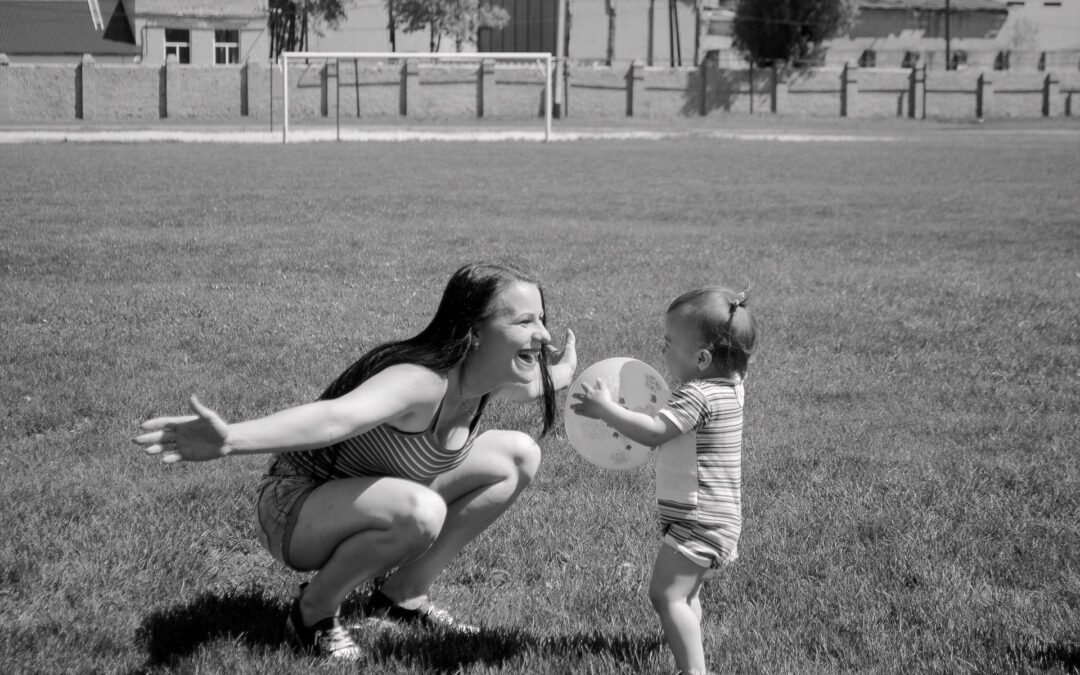In the United States, the glaring issue of daycare inequity is reaching a boiling point. Despite a significant influx of funding into childcare during the pandemic, especially early childhood education, the resources are dwindling, leaving families grappling with skyrocketing daycare expenses. In some regions, the cost of daycare is on par with college tuition, posing a substantial burden on families, particularly those with low income.
Navigating the landscape of current childcare in the United States reveals a troubling panorama. New childcare data reveals the unbearable prices families are grappling with, pushing them further into financial strain. An increasing number of areas are being designated as child care deserts, areas where adequate childcare is scarce or non-existent.
Even worse, most daycares do not include the cost of diapers in their already high fees. Without adequate diapers, most child care centers turn students away, even if they have already paid tuition. This exacerbates the financial burden on families experiencing diaper need.
Why Has the Price of Daycare Increased?
The surge in the cost of daycare is largely attributed to the evaporation of pandemic funding and the closure of numerous childcare centers during the pandemic. The financial aid that once bolstered childcare facilities and made them accessible to many families is now depleting, leaving a gaping hole in affordability and availability.
What Are Child Care Deserts?
Child care deserts are areas where the demand for childcare services far outweighs the supply, leaving families without viable or affordable childcare options. The emergence of these deserts is closely tied to the decline in federal child care assistance and the closure of childcare centers, further limiting access to quality childcare, especially for low-income families.
Daycares & Diaper Need
Diaper need occurs when families cannot afford adequate diapers for their baby. 1 in 2 U.S. families cannot afford enough diapers to keep their infant or child clean, dry, and healthy. Parents fortunate enough to find child care still face steep costs..This financial strain has real-world consequences: families without enough diapers often see their children turned away from daycare. Many daycare facilities do not provide diapers or include the cost of diapers in their tuition fees. For parents struggling with diaper need, this means that without enough diapers, their child could be denied access to daycare. This leads not only to missed work and lost income, but also perpetuates the cycle of poverty and diaper need. A recent study highlighted the gravity of this issue, revealing that 56% of parents relying on childcare to work have missed days due to an inadequate diaper supply. On average, these parents missed work or school four days a month because of this shortfall.
We can all work together to end diaper need. We suggest that you reach out to local representatives to discuss potential solutions and policies to address daycare inequity and support families in need. Consider donating to the National Diaper Bank Network or organizing a fundraiser to assist families experiencing diaper need. For those in need of assistance finding diapers, you can search here to find a local diaper bank for support.
Addressing daycare inequity is imperative for the well-being of families and the future of our children. By understanding the issues, advocating for change, and providing support, we can work towards a more equitable and accessible childcare system in the United States.

